The living remedy is berries: grown in the garden, gathered in the thick of the forest, plucked from the steppe, swamp bushes. They are tasty and healthy, especially if removed on time and correctly.
Nature is ready to share with each of its wealth all year round, but in the fall its gifts are most generous. They have accumulated the energy of the sun and heavenly waters, the abundance of warm summer days - strength and good.
Content
Autumn Red Berries - Generous Benefits
Continuing the saying “each berry has its own bone”, you can add: color and benefit. The most famous are red berries, which are spoken of: better than any tablet - berries from a branch. Consider the top ten recognized red-sided doctors with excellent taste.
Dogrose
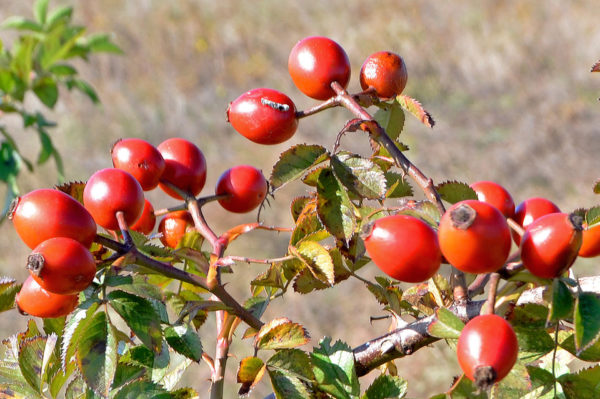 A ubiquitous shrub (except for the North and South poles, semi-deserts, and very arid deserts). It is useful from roots to leaves with a record content of soluble, glucose-related vitamin C - the body’s defender against the harmful effects of free radicals, a blood coagulation regulator, an inflammation blocker, and an immune process accumulator.
A ubiquitous shrub (except for the North and South poles, semi-deserts, and very arid deserts). It is useful from roots to leaves with a record content of soluble, glucose-related vitamin C - the body’s defender against the harmful effects of free radicals, a blood coagulation regulator, an inflammation blocker, and an immune process accumulator.
Ripens by the end of August or beginning of October. The degree of maturity is determined by the saturated red-orange color and hardness. You can collect in the winter (not crumbled, not taken berries are kept on branches and in cold weather) to indulge in tea. But in order for them to bring full benefit, you need to take them before the frost - along with the stalks - on a dry sunny day. Dry thermally (in the oven - on a baking sheet) and in a natural way (on burlap, mesh pallet, cardboard in a ventilated, damp-free room - attic, open porch, summer kitchen). The second is preferable - the whole range of useful properties is preserved, necessary for the prevention and control of:
- bronchial asthma;
- anemia
- arthritis;
- neurasthenia;
- urological and gynecological ailments;
- low immunity;
- biliary stasis.
Lingonberry
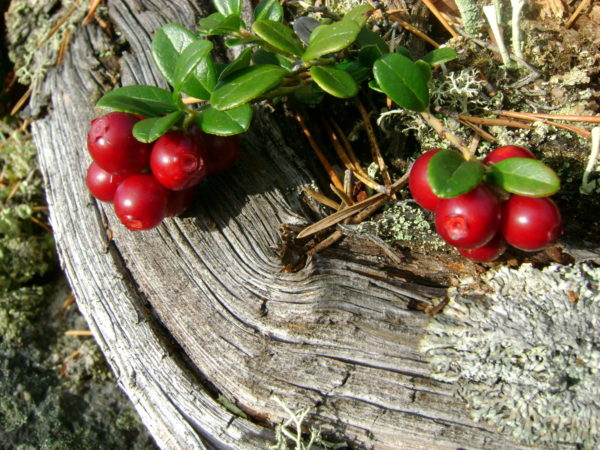 A shrub that prefers peatlands of the Arkhangelsk region, coniferous and mixed forests of Karelia, Siberia, mountain meadows of the Caucasus, the Carpathians, the Urals, the tundra of the Murmansk region, the Far East. Small clusters of “northern grapes” (the second name of the evergreen perennial) ripen:
A shrub that prefers peatlands of the Arkhangelsk region, coniferous and mixed forests of Karelia, Siberia, mountain meadows of the Caucasus, the Carpathians, the Urals, the tundra of the Murmansk region, the Far East. Small clusters of “northern grapes” (the second name of the evergreen perennial) ripen:
- in the southern regions - by the end of August;
- in central - at the end of September;
- in northern latitudes, the harvest time is October.
Kumachevo-scarlet berries are picked in the evening or in the morning - it should be cool, otherwise the fruits soften, over-ripen, quickly deteriorate. Berries with green stuff reach from 5 days to 5 weeks. Harvesting and storage are variable:
- in own juice under oppression (in cool - cellar / cellar / underground, refrigerator);
- in sugar - the collected berries, letting juice under the weight, fill with water and sugar and, having closed the container, put in cold;
- in the oven (+60 ° C), placing a baking sheet with washed fruits in it, periodically shaking it;
- natural drying in a well-ventilated room, where it is dry and warm, then laid out in linen / canvas bags, banks;
- they are frozen by spreading into trays;
- in sweet-salty syrup (per tablespoon of water 2 tbsp. sugar + 0.5 tsp.salt) - a corked jar for 2-4 months is exposed to the cold (soaked lingonberry is good in culinary delights).
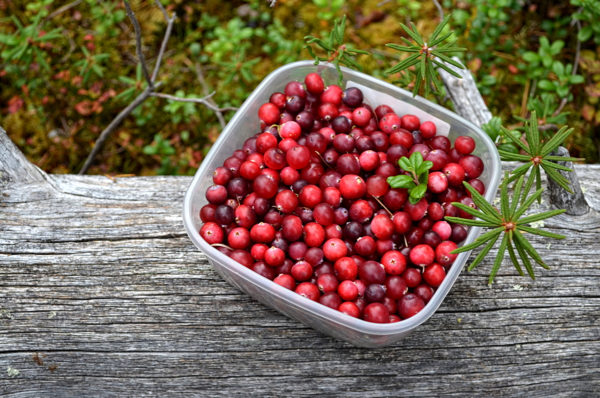
Fruits are used (rich in vitamins A, E, C, pectin, carotene, phosphorus, potassium, magnesium, calcium, glucose) for vitamin deficiencies, colds, rheumatism, measles, and decreased vision. They are good as a laxative, tonic, anthelmintic and antiseptic “potion”.
Viburnum
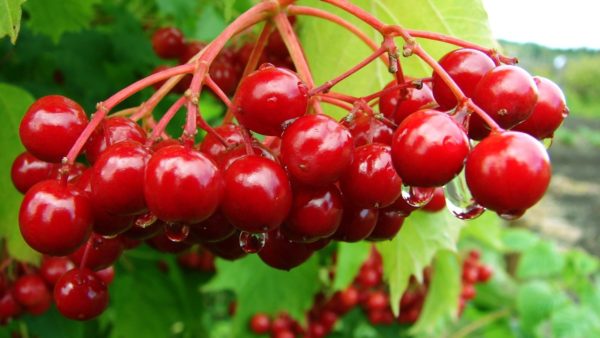 Shrub in the wild. In the garden, with proper pruning, it is transformed into a tree. Bushes of a frost- and drought-resistant, unsurpassed natural doctor grow everywhere (in humid places, dry, where groundwater is low, tolerate shade and sun), except for the southeast and north. They remove it in late September or early October, but many prefer to start harvesting after frost. Frozen viburnum acquires sweetness, but loses some of the glycosides - a useful component for the treatment of heart failure in acute and chronic form.
Shrub in the wild. In the garden, with proper pruning, it is transformed into a tree. Bushes of a frost- and drought-resistant, unsurpassed natural doctor grow everywhere (in humid places, dry, where groundwater is low, tolerate shade and sun), except for the southeast and north. They remove it in late September or early October, but many prefer to start harvesting after frost. Frozen viburnum acquires sweetness, but loses some of the glycosides - a useful component for the treatment of heart failure in acute and chronic form.
Milled freshly frozen with sugar, honey, steamed dry viburnum can fix:
- insomnia
- giardiasis;
- cholelithiasis;
- respiratory diseases;
- stomach disease (colic, ulcer);
- urological problems, including urolithiasis;
- hysteria;
- boils;
- cramps
- carbuncles;
- constipation
- hypertension
- headache;
- cough;
- tonsillitis;
- bleeding.
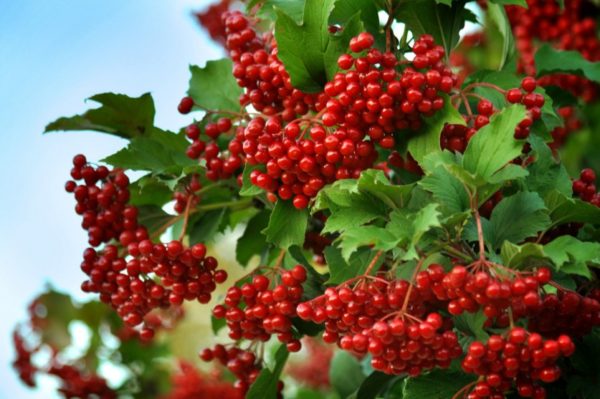
Before, even freckles were removed with its help, the skin was whitened, the swelling was removed, and everywhere it was used as a general strengthening and anti-inflammatory agent. Kalina concentration:
- vitamin C (it is in the berry more than in the largest citrus fruits);
- carotene;
- glucose;
- potassium salts;
- phosphorus;
- natural steroids;
- flavonoids;
- viburnin glycoside;
- volatile production.
Gathering berries for the future, they are cut with scissors / secateurs "umbrellas", twigs. Store in bouquets, hanging in a cold and always (!) Dry room, in the freezer (by cutting, but not tearing the stalks), grinding with sugar, mixing with honey. Cook jams, pastille jelly. In any form, viburnum is healthy, tasty and medicinal.
Dogwood
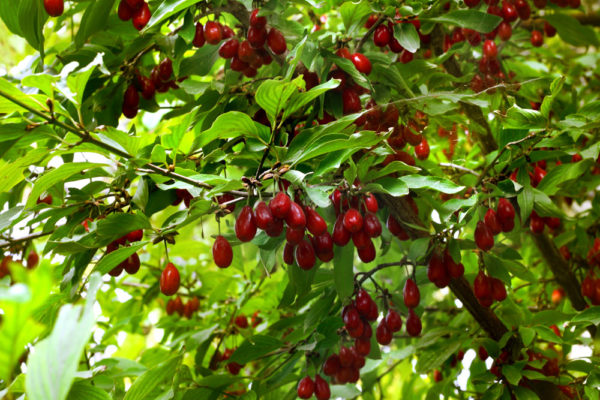 Shrub / tree with a Caucasian pedigree. Oblong, with pronounced sourness and light astringency, the berries ripen in September-early October. For medicinal preparations, you need to remove it still bright - a little immature, for culinary - crimson and soft.
Shrub / tree with a Caucasian pedigree. Oblong, with pronounced sourness and light astringency, the berries ripen in September-early October. For medicinal preparations, you need to remove it still bright - a little immature, for culinary - crimson and soft.
For drying, the dogwoods are dried, laying elastic washed berries on a baking sheet / pallet lined with paper in one layer. It is better that sunlight does not fall on it - there should be sufficient ventilation and dryness in the room / on the veranda / in the gazebo. Mix. As soon as it wrinkles elastically, it is ready for filling in bags. It is stored until the next harvest of autumn berries.
You can freeze by placing in bags, releasing air from them, or wrap with cling film. Grind with sugar. But for a medicinal decoction, dried dogwood is more appropriate: it retains nicotinic and ascorbic acid, beta-carotene and vitamin C, pectin and deficient calcium with phosphorus.
Apply "strawberry tree" (the second name of the Caucasian doctor):
- with colds;
- to increase visual acuity;
- with stagnation of bile;
- as a diuretic;
- to normalize glucose levels;
- as an anti-inflammatory;
- to strengthen blood vessels;
- with gout.
And also, if you are concerned about hemorrhoids, arthritis, anemia, diarrhea.
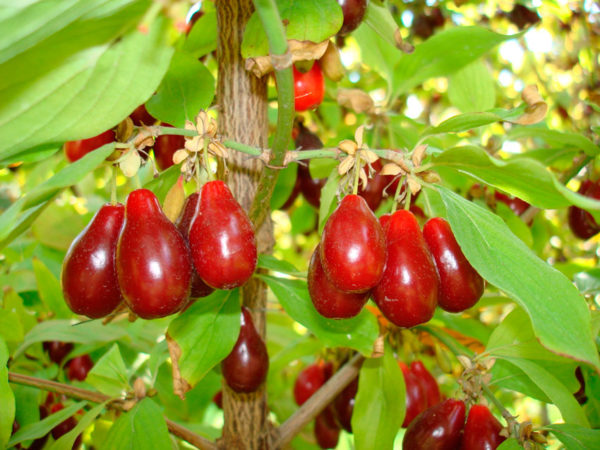
Cranberry
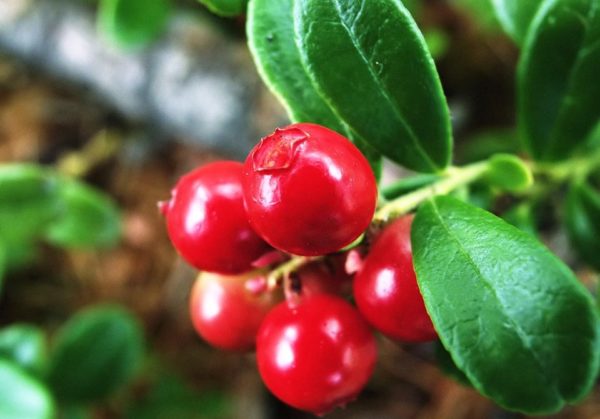 Evergreen shrub of heather. It grows where there is a lot of dampness and moisture - temperate and northern edges with swampy lowlands, old peat bogs.The crimson-red sour ball ripens in September-October. It tolerates winter frosts and snow, becoming sweeter (gourmets prefer spring - overwintered cranes), but in autumn berry more:
Evergreen shrub of heather. It grows where there is a lot of dampness and moisture - temperate and northern edges with swampy lowlands, old peat bogs.The crimson-red sour ball ripens in September-October. It tolerates winter frosts and snow, becoming sweeter (gourmets prefer spring - overwintered cranes), but in autumn berry more:
- pectin;
- betaine;
- organic acids;
- B vitamins;
- phylloquinone;
- silver;
- iodine;
- phosphorus.
Healing miracles:
- accumulates appetite and general condition of the digestive tract;
- relieves renal disorders;
- eliminates inflammation;
- struggling with harmful flora;
- tones up;
- equalizes pressure;
- minimizes the expansion of veins;
- boosts immunity;
- copes with cystitis;
- reduces joint pain;
- returns skin elasticity;
- relieves acne.
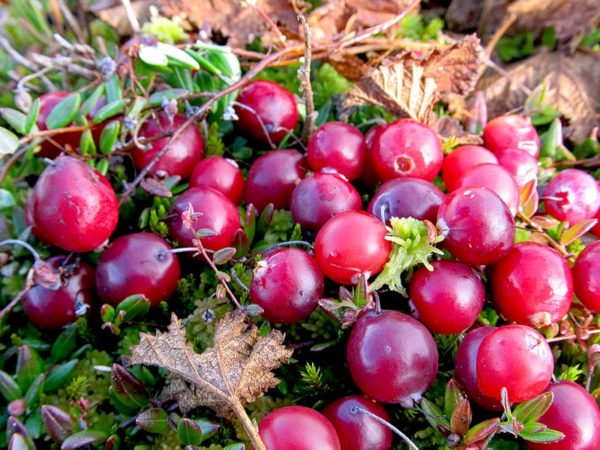
Bactericidal and anti-inflammatory properties - a lifesaver for pregnant women.
The collection is long - September-November in the “white plaque” phase on barrels. Hands to assemble it is difficult. A scoop comb is used (a method prohibited in some Russian regions!). It is frozen, dried in baskets / baskets covered with rowan / rushnyk / linen, poured / rubbed with sugar, canned.
Stone berry
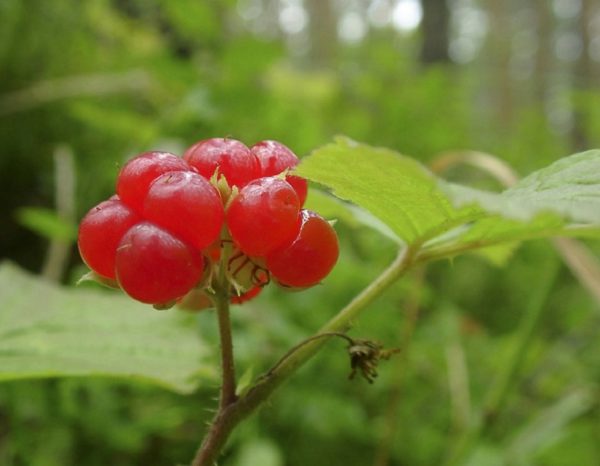 A relative of blackberry with raspberries. Perennial capable of predicting weather by twisting leaflets before heat and rolling before rain. Grows where there is plenty of moisture and alkaline soil with rich humus: on Caucasian rocky ridges, mountain Ural elephants, in the Far Eastern forests, Siberian meadows.
A relative of blackberry with raspberries. Perennial capable of predicting weather by twisting leaflets before heat and rolling before rain. Grows where there is plenty of moisture and alkaline soil with rich humus: on Caucasian rocky ridges, mountain Ural elephants, in the Far Eastern forests, Siberian meadows.
Northern pomegranate, as it is called for the similarity of sour-juicy taste with a “bursting” fruit, is rich in:
- ascorbic acid, which helps to quickly restore immunity, normalize blood formation, bring to an ideal state of metabolism, in cleansing blood vessels;
- tissue respiration-stimulating routine;
- vascular strengthening, venotonic, cardioprotective flavonoids;
- normalizing the work of the cardiovascular, respiratory, nervous systems with alkonoids;
- nourishing the brain, regulating the metabolism of carbohydrates;
- relieving inflammation, eliminating microbes, leveling the dehydration of the epidermis with tannins;
- tonic, youth-prolonging organic acids.
The berries are picked in August - they are frozen, dried in a shade / oven (maximum + 55 ° C). Rhizome, petioles, stems with leaves - in September: washed and dried, folding into bags, tin / wooden boxes. Raw materials - preparation for decoctions used for skin problems, in case of excessive dandruff, complex seborrhea, hemorrhoids, eye inflammation. A steamed drug from the ground part of the shrub is used for rheumatism, postpartum hemorrhage, anemia, arthritis, and migraine. It is an excellent painkiller, it helps with diseases of the lungs and bronchi, accompanied by a "barking" and "deaf" cough, viral sore throat.
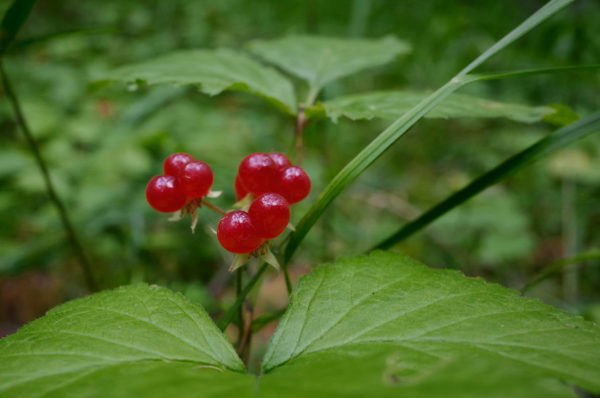
We recommend fresh squeezed juice to treat gastritis. They remove warts.
Barberry
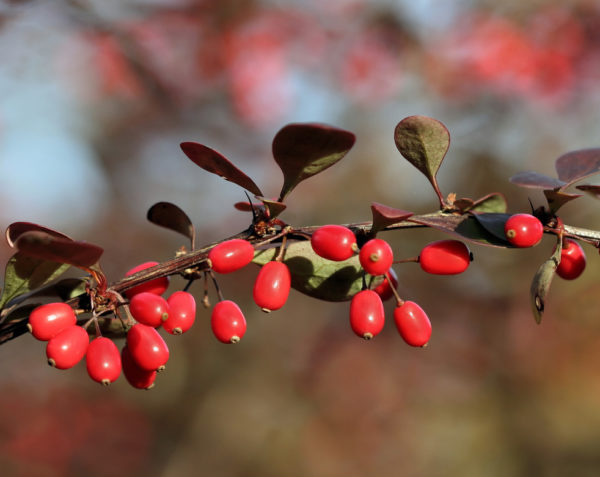 Thorny bush. Tall. Tree-like. In Russia, it could initially be found in the North Caucasian forest-steppe, Primorye, and Transcaucasia. Now it grows almost everywhere where it is planted (except for the northern regions).
Thorny bush. Tall. Tree-like. In Russia, it could initially be found in the North Caucasian forest-steppe, Primorye, and Transcaucasia. Now it grows almost everywhere where it is planted (except for the northern regions).
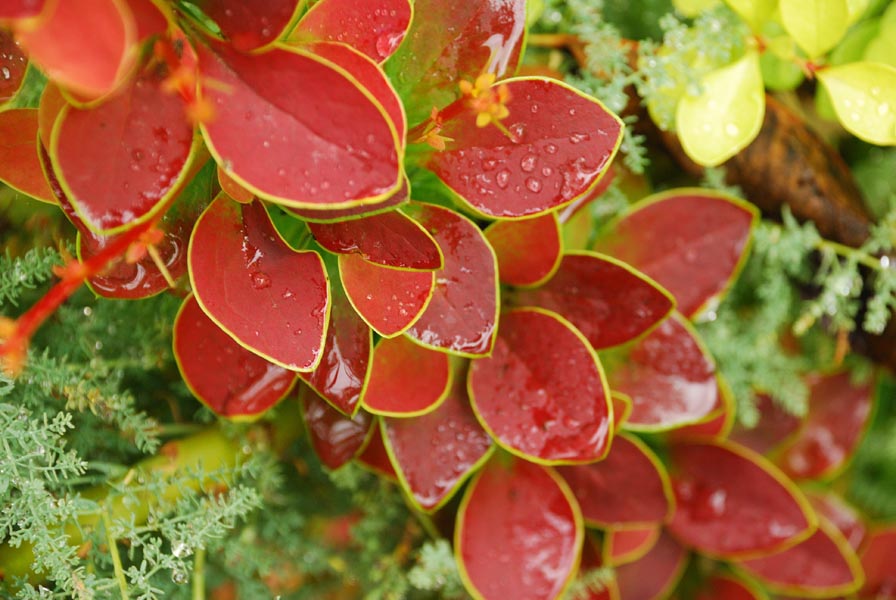 You may be interested in:
You may be interested in:The fruits are rich in:
- beta carotene;
- carotenoids, including lutein, capsanthin, flavoxanthin;
- macro- and microelements;
- vitamins E, K and C;
- pectin;
- organic acids;
- valuable acids (tartaric, malic).
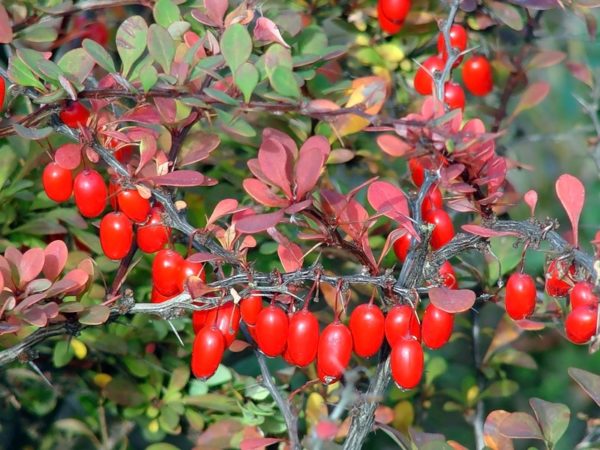 To preserve all the beneficial properties, the crop is harvested in the second half of October and early November (unripe, prematurely picked berries contain harmful berberine).Dry by spreading a thin layer on a baking sheet, until it ceases to stick together when squeezed. The initial drying temperature is +40 ° C, the final (after drying) is 60 ° C. You can pour sugar and refrigerate / glacier. A decoction of dried fruit is drunk with:
To preserve all the beneficial properties, the crop is harvested in the second half of October and early November (unripe, prematurely picked berries contain harmful berberine).Dry by spreading a thin layer on a baking sheet, until it ceases to stick together when squeezed. The initial drying temperature is +40 ° C, the final (after drying) is 60 ° C. You can pour sugar and refrigerate / glacier. A decoction of dried fruit is drunk with:
- gastric colic and cramping;
- inflammation of the liver and stagnation in the gallbladder;
- hepatocholecystitis;
- pleurisy;
- exacerbation of renal disease.
Used for gargling, lotions and baths for hemorrhoids, for compresses for gout. Relieves vomiting, nausea, fever.
Hawthorn
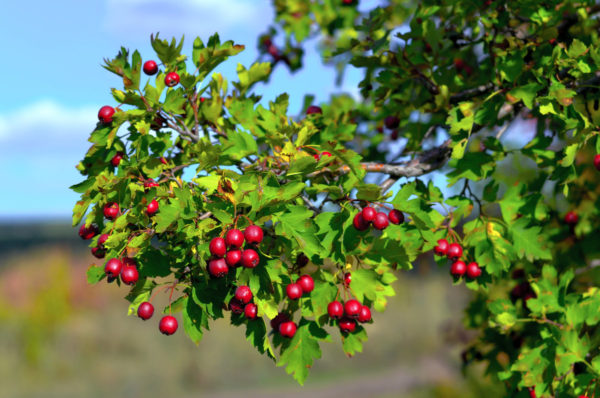 A tree-like shrub from a spiky family of Rosaceae. Ripens by the end of September. You need to remove the bright red fruits in dry, sunny weather - before frost, otherwise it will be impossible to save them, the concentration of trace elements and vitamins contained in the glod (the second name) will also be lost:
A tree-like shrub from a spiky family of Rosaceae. Ripens by the end of September. You need to remove the bright red fruits in dry, sunny weather - before frost, otherwise it will be impossible to save them, the concentration of trace elements and vitamins contained in the glod (the second name) will also be lost:
- riboflavin;
- routine;
- choline;
- fructose;
- succinic acid;
- molybdenum;
- calcium;
- carotene.
Store dried wrinkled fruits in tissue bags, glass, clay containers, wooden and cardboard boxes, brewing for prevention and treatment:
- gastrointestinal tract, ulcerative pain;
- thyroid dysfunction;
- reduced immunity;
- prostatitis
- tachycardia;
- atherosclerosis;
- coronary insufficiency;
- genitourinary disorders;
- diarrhea
- impaired metabolism;
- ischemia.
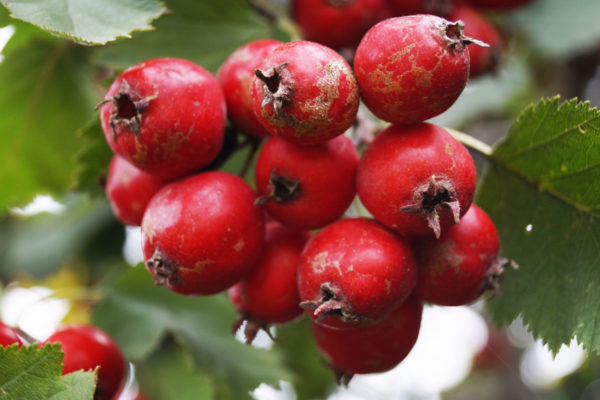 Tincture of hawthorn (in water and alcohol) is indicated for nervous exertion, fatigue, sleep disturbance, hypertension, increased cholesterol, an imbalance in heart rhythm, decreased memory, and distraction.
Tincture of hawthorn (in water and alcohol) is indicated for nervous exertion, fatigue, sleep disturbance, hypertension, increased cholesterol, an imbalance in heart rhythm, decreased memory, and distraction.
Schisandra
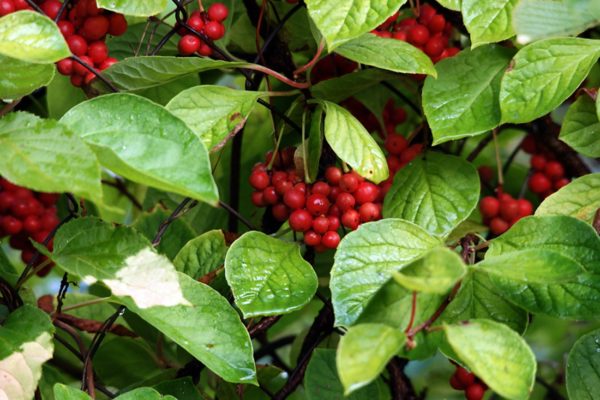 Wood-trunk frost-resistant vine growing in the natural environment on old clearings, forest edges, in river floodplains and along the coast. He settled in front gardens and in summer cottages, having migrated from the south of the Kuril Islands, Primorye, Sakhalin, the Far East. Scarlet fruit brushes - a mixture of tastes of sweet and sour flesh, bitter-resinous seeds, giving in aggregate a brackish and even coniferous-citrus flavor.
Wood-trunk frost-resistant vine growing in the natural environment on old clearings, forest edges, in river floodplains and along the coast. He settled in front gardens and in summer cottages, having migrated from the south of the Kuril Islands, Primorye, Sakhalin, the Far East. Scarlet fruit brushes - a mixture of tastes of sweet and sour flesh, bitter-resinous seeds, giving in aggregate a brackish and even coniferous-citrus flavor.
When ripe - in September-October - it becomes carmine-red. They cut it like a bunch of grapes - with a stalk, laying in an enamel container (galvanized dishes - the danger of oxidation), they immediately process it, spreading it on a laid trellised tray / boards with a thin layer - in heat in a draft or wind. After 2-3 days, they are freed from the stalks and harvested by drying in 2 stages (drying to a brownish-burgundy color at 40 ° C, drying - 60 ° C). Sprinkle in tying bags made of linen, paper bags, boxes.
For two years, the “medical base” has been preserved:
- cellulose;
- starch;
- schizandrol;
- fatty acid;
- barium;
- potassium;
- selenium;
- tocopherol;
- provitamin A;
- carbohydrates.
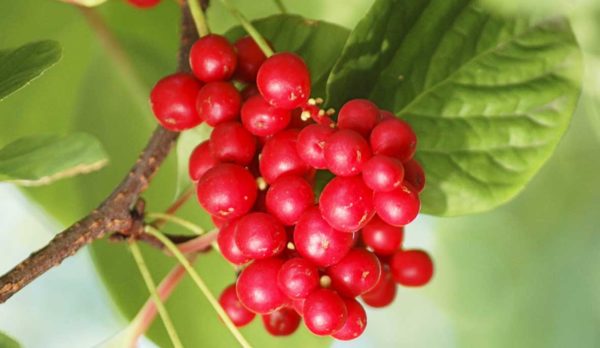 The broth tones up, counteracts fast fatigue, improves the reflex actions of the central nervous system. Stimulates regenerative processes:
The broth tones up, counteracts fast fatigue, improves the reflex actions of the central nervous system. Stimulates regenerative processes:
- respiratory organs (cough, asthma attacks, pneumonia);
- of cardio-vascular system;
- liver (hepatitis C);
- adrenal glands;
- vegetovascular system (hypotension, dystonia).
Fruit drinks, tea, syrups relieve PMS, alarming symptoms during menopause, and eliminate protracted apathy.
Red rowan
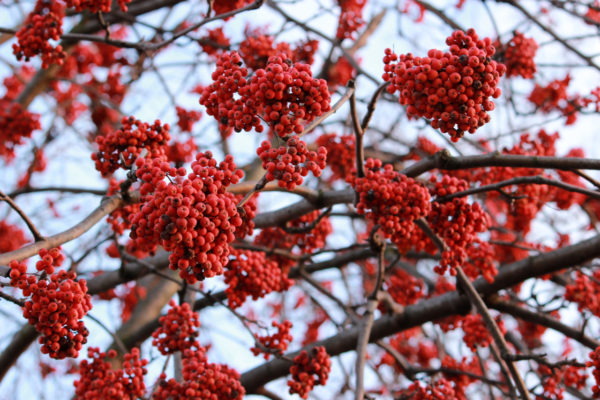 High frost, shade, drought-resistant tree. It is growing everywhere. The time of gathering and harvesting is the second half of September-October. Bunched in clusters in the morning in dry weather. They freeze, cook stewed fruit, insist on alcohol. For medicinal decoctions, they are dried: washed, sorted and laid on a canvas in a well-ventilated room, mixed. It is possible to dry in the oven (60-70 ° C) - until it coarsens and fades black. Store in bags with ties, banks with a glass, wooden, fabric cover. Suppose the collection after frost - it loses some of the bitterness, astringency (stored in the freezer).
High frost, shade, drought-resistant tree. It is growing everywhere. The time of gathering and harvesting is the second half of September-October. Bunched in clusters in the morning in dry weather. They freeze, cook stewed fruit, insist on alcohol. For medicinal decoctions, they are dried: washed, sorted and laid on a canvas in a well-ventilated room, mixed. It is possible to dry in the oven (60-70 ° C) - until it coarsens and fades black. Store in bags with ties, banks with a glass, wooden, fabric cover. Suppose the collection after frost - it loses some of the bitterness, astringency (stored in the freezer).
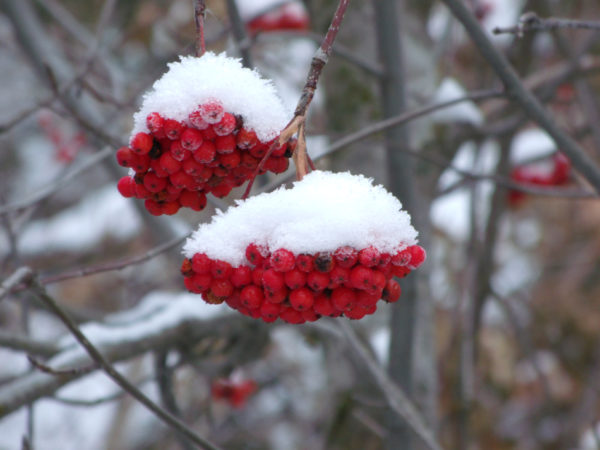 Thanks to its universal vitamin composition, it helps with:
Thanks to its universal vitamin composition, it helps with:
- exhaustion, vitamin deficiency and anemia;
- tonsillitis, colds;
- inflammation of the gallbladder, liver;
- dyspepsia;
- obesity;
- scrofula;
- hemorrhoids;
- hypertension.
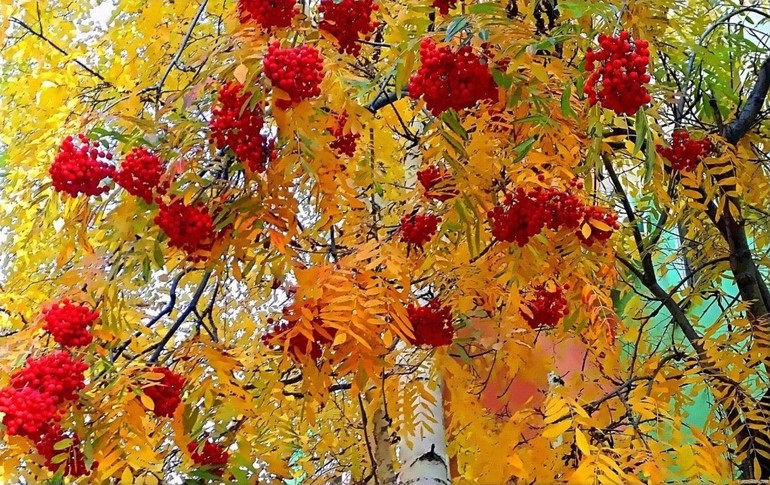 You may be interested in:
You may be interested in:Berries in black skin - light in soul
Among the autumn beneficial berries, there are those that turn black when ripe. But only their shell remains dark, the healing properties are comparable to the touch of pure light.
Chokeberry (Aronia, chokeberry)
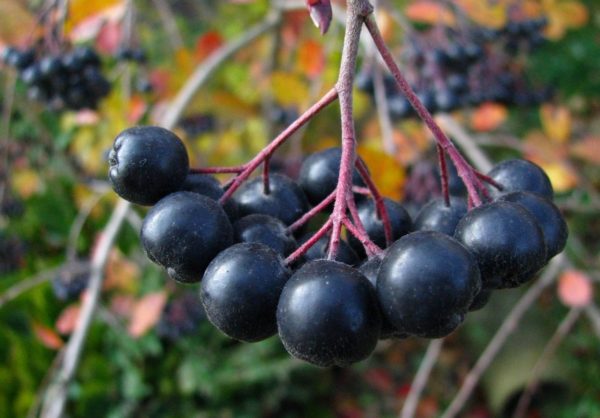 Bush. Low-calorie sweet-astringent apple-fruits of a purple-black hue are called a natural biopolymer containing:
Bush. Low-calorie sweet-astringent apple-fruits of a purple-black hue are called a natural biopolymer containing:
- anthocyanins;
- pectins;
- vitamins P, C;
- iodine;
- catechins;
- trace elements.
Used in cosmetology and therapy for:
- normalization of cholesterol and sugar;
- stabilization of the elasticity of capillaries and blood vessels;
- decrease in peristalsis;
- radiation exposure neutralization;
- improving the genitourinary system;
- decreased excitability;
- immune stimulation;
- fight against toxicosis, diarrhea;
- lowering pressure (hypertension).
 Gathering (brush cut) begins when the apples let out purple juice - the end of September-October. Compotes are cooked, frozen, dried:
Gathering (brush cut) begins when the apples let out purple juice - the end of September-October. Compotes are cooked, frozen, dried:
- hang brushes with “bouquets” in the attic / balcony;
- incubated in an oven / oven at + 50-65 ° C.
Store shriveled, shiny apples, sprinkled with dry moss in boxes.
Elder
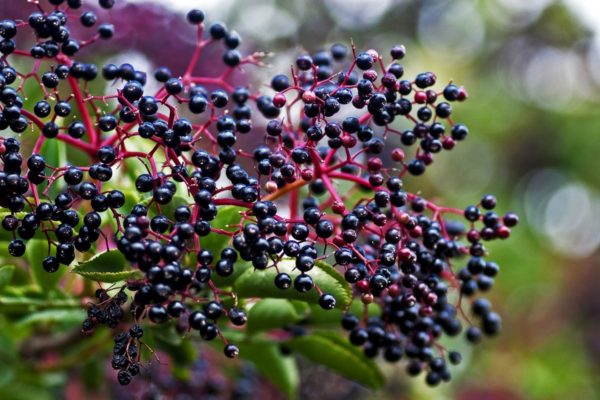 Deciduous shrub / sapling with a rounded crown. Black and purple clusters are cut in early September. They are laid out on a cloth or paper and dried on a draft. After 2-3 days, dried in the oven (55-65 ° C). Stalks are removed and poured into bags. Six months it is saturated:
Deciduous shrub / sapling with a rounded crown. Black and purple clusters are cut in early September. They are laid out on a cloth or paper and dried on a draft. After 2-3 days, dried in the oven (55-65 ° C). Stalks are removed and poured into bags. Six months it is saturated:
- fructose and glucose;
- malic, ascorbic and hydrocyanic acids;
- benzaldehyde;
- vitamin A.
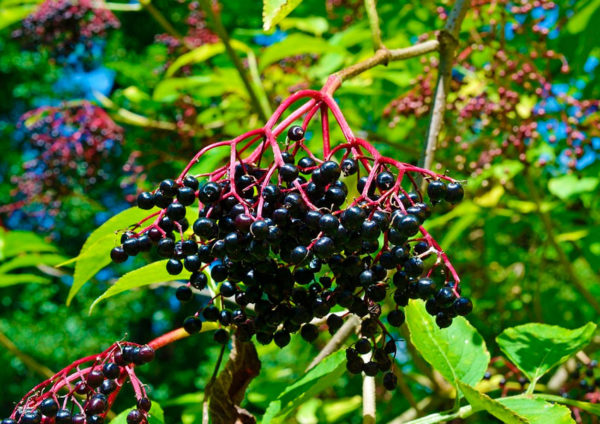 Berries can be frozen. Decoctions, jelly, and syrups are tasty, suitable for the treatment of:
Berries can be frozen. Decoctions, jelly, and syrups are tasty, suitable for the treatment of:
- hepatitis A;
- diabetes
- inflammation of the throat and oral cavity;
- sciatica;
- sciatica and rheumatism.
Yellow berry healers
In the autumn, medicinal benefits and juicy relish are poured over berries called the “kiss of the sun” - bright yellow, orange.
Sea buckthorn
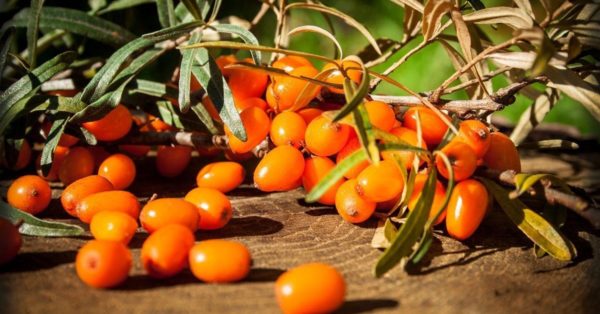 Tree / shrub. The fruits ripen from the beginning of August to the end of October (depending on the variety). At the same time, it is collected:
Tree / shrub. The fruits ripen from the beginning of August to the end of October (depending on the variety). At the same time, it is collected:
- for drying, compotes and preserves - the beginning of September;
- for jam and marmalade - the second half of September;
- for oil - the end of the first autumn month, the beginning of the second;
- for freezing - after the October frosts;
- for juice - after October 10-15.
The pulp is oily and bitter. Contains:
- vitamins of group B, K, A, E, C;
- tannins;
- quercetin;
- boron;
- manganese;
- iron;
- fixed oils;
- calcium;
- copper;
- stearin;
- phosphilipid.
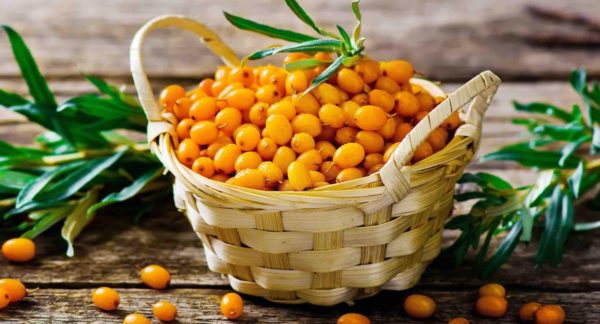 Jam, oily tea, infusions help to cope with:
Jam, oily tea, infusions help to cope with:
- duodenal ulcer and stomach;
- constipation
- impaired cerebral blood supply;
- thrombophlebitis;
- dizziness
- overwork;
- anemia
- dry eye syndrome;
- irritability;
- conjunctivitis.
Oil is used externally to treat burns, skin irritations, colpitis, massage, with brittle hair, cervical erosion; and inside - after chemotherapy, with inflammation of the tonsils, gastritis or stomach ulcer, to neutralize the action of antibiotics.
Physalis
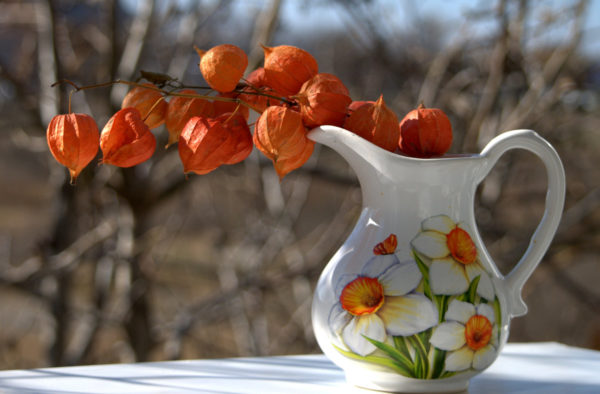 Solanaceae flower-like bush plant. Similar to a Chinese lantern: a leathery shell-sash, inside - a fleshy berry resembling a cherry-tomato. Triune taste: sweetness, sourness, a hint of bitterness.
Solanaceae flower-like bush plant. Similar to a Chinese lantern: a leathery shell-sash, inside - a fleshy berry resembling a cherry-tomato. Triune taste: sweetness, sourness, a hint of bitterness.
The composition is saturated:
- ascorbic acid;
- alkaloid;
- lycopene;
- quercein;
- fiber;
- proteins;
- tannins;
- phytoncid;
- fats and carbohydrates.
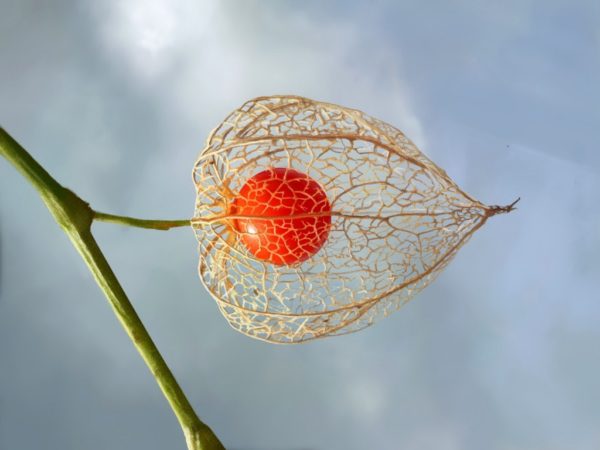 From leaves and berries ointments, decoctions, infusions are prepared, using in therapy as:
From leaves and berries ointments, decoctions, infusions are prepared, using in therapy as:
- antiseptic;
- urinary and choleretic agent;
- hemostatic elixir;
- painkiller;
- gastrointestinal ulcer healer;
- pressure normalizer (hypertension);
- cure for lichen and dermatitis.
The physalis collection period is extended - it ripens in tiers. Landmark - dried “flashlight” and rich orange color of the berry. Harvesting must be completed before the autumn frosts - the plant does not tolerate them. Dry until the box becomes thin, sticking to the berry. Fold the fruits (in the peel) - 1-2 layers - in boxes with ventilation holes and store at + 12-14 ° C - from 2 to 5 months (the main thing is to remove the spoiled berries on time).
Before meals, pour boiling water over to wash off the sticky coating (but in its raw form it is strictly forbidden to use it for those whose stomach suffers from high acidity).
Medicinal power - in every berry
In every berry of the autumn harvest lies the power that produces healing. Yes, they are different in taste and composition of trace elements, vitamins, but healing and multifunctional. Nature took care of healing gifts. All you need is to assemble, prepare and prepare them correctly.

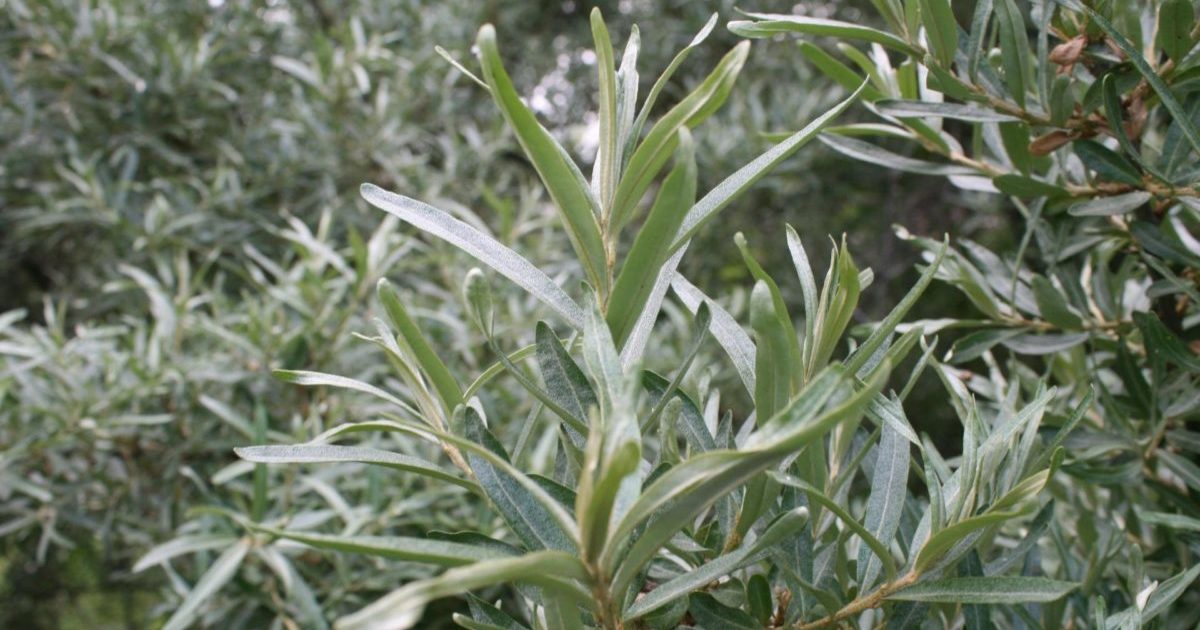 Sea buckthorn leaves - medicinal properties and contraindications, method of use and what can you drink from?
Sea buckthorn leaves - medicinal properties and contraindications, method of use and what can you drink from?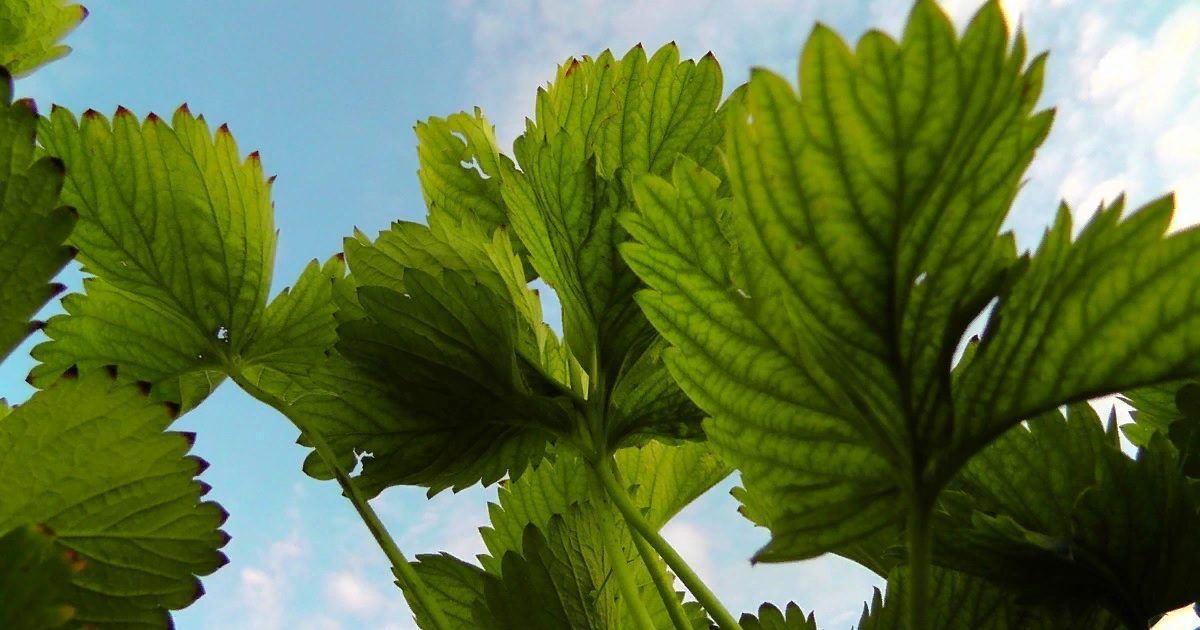 Strawberry leaves - medicinal properties and contraindications, benefits and harms
Strawberry leaves - medicinal properties and contraindications, benefits and harms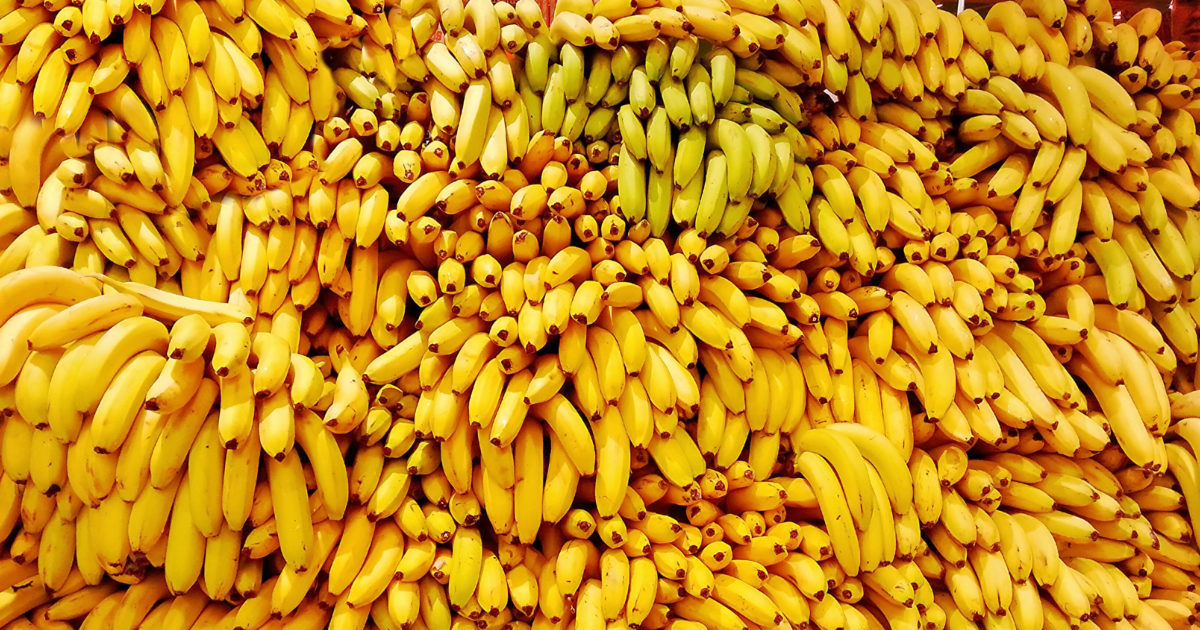 Banana - health benefits and harms, properties and contraindications
Banana - health benefits and harms, properties and contraindications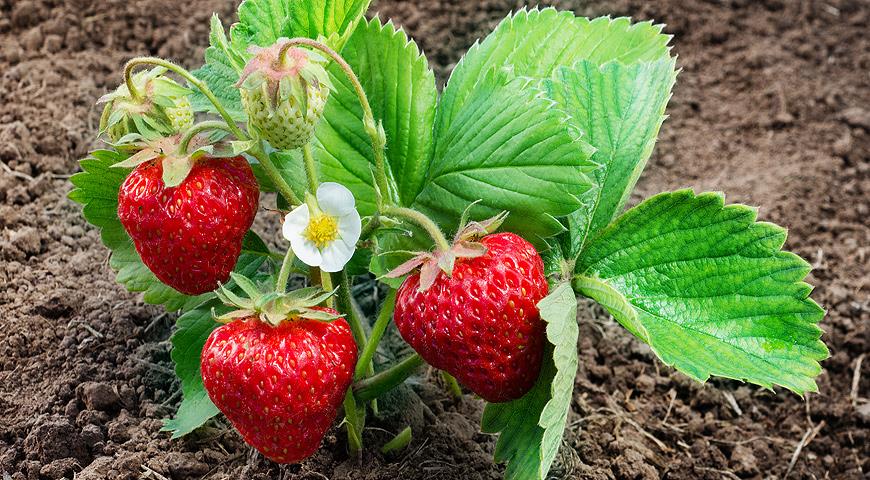 Wild strawberries! How to choose the perfect variety and grow it right?
Wild strawberries! How to choose the perfect variety and grow it right?